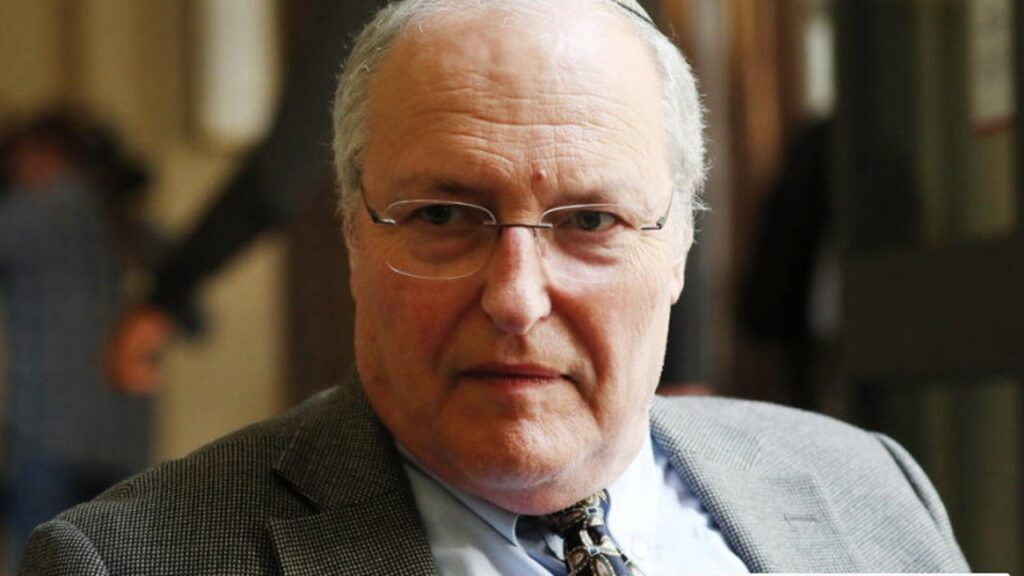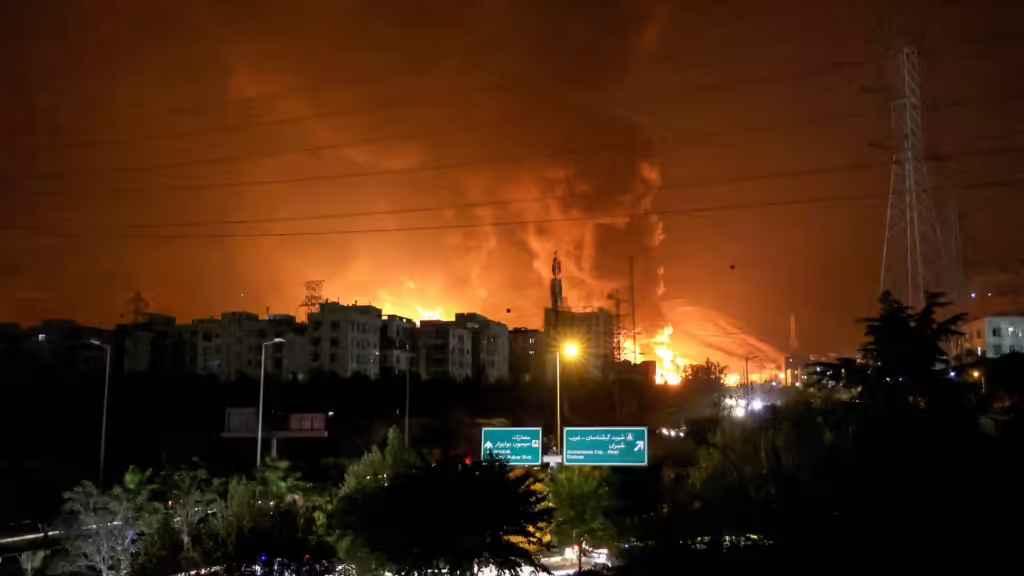IN THE MEDIA
As Israel turns 60, Jews rejoice and Arabs are in mourning
May 10, 2008 | Bren Carlill
Bren Carlill
Courier-Mail – May 10-11, 2008
A version of this article appeared in The Courier-Mail
Last week, Israelis marked Yom ha-Atzma’ut (Independence Day), celebrating 60 years since the establishment of their country and the survival of a war aimed at preventing this. Palestinians are marking 60 years since al-Naqba (the Catastrophe), mourning the same thing.
Sixty years after that first war, the conflict still isn’t resolved. Gaza, taken over by Hamas in a violent coup last year, is subject to an internationally backed Israeli economic blockade (to end when Hamas recognises Israel’s right to exist and renounces terrorism). Humanitarian aid is let in whenever Hamas doesn’t lob mortars at the border crossings, a near daily occurrence. Israeli towns and villages outside the Gaza Strip are also subject to daily rocket attacks, and Israel has kept up military pressure by frequent raids to arrest or kill wanted terrorists.
The diplomatic front seems just as bleak. The American, Israeli and Palestinian governments still talk of a peace agreement by the end of this year, but average Israelis and Palestinians doubt this will happen. Secret negotiations are said to be continuing, but are frequently complemented by public statements from officials blaming the other side for intransigence.
Many of the issues negotiated and fought over today mirror those at the heart of the war 60 years ago. Although it’s often said the conflict is simply a matter of two groups wanting the same piece of land, it was never that simple. For a start, it goes back much further than 1948.
During the late 19th century, the Arab world underwent rapid political change, described as the “Arab Awakening.”
Jewish nationalism developed during the same period. Like most groups seeking self-determination, Jewish nationalists, called Zionists, sought to rule themselves in their ancestral homeland. The problem was, even though there had been an unbroken Jewish presence in Palestine since antiquity, the majority of the world’s Jews lived elsewhere.
But the technological developments of the 19th century made long-distance travel easier, and Jews were finally able to make good on the prayers they’d whispered for so long; “Next year in Jerusalem!”
A fund was created in 1901 to buy land in Palestine and give it to new Jewish immigrants. Although the land was bought legally, mostly from absentee landowners, it created resentment in the local Arab community.
When Britain arrived in World War I, its policy was to establish a Jewish national homeland. The world’s Great Powers agreed with the move, which is why the League of Nations (the United Nations’ forerunner) gave Britain a mandate to do just that.
But this was happening in what the local Arabs thought of as their land, and their reaction was violent. Anti-Jewish and anti-British riots in 1920, ’21 and ’29 were followed by the ‘Great Uprising’ of 1936-’39. A Palestine-wide insurgency, which the British tried to brutally suppress, it resulted in three important consequences.
First, the Jews created a defence organisation to protect themselves from Arab attack. Its level of coordination from that time on proved decisive during Israel’s War of Independence in 1948, when it became Israel’s army.
Second, Arab infighting during the uprising effectively destroyed the Palestinian leadership (the Husseini faction, which emerged as leader of the Palestinians, killed more Arabs than Jews).
Third, facing a likely war with Germany, Britain wanted peace and quiet in Palestine. The quickest way to accomplish this was by appeasing Arab violence. Britain acceded to Arab demands – stopping Jewish immigration and preparations to establish a Jewish state.
The Zionists felt betrayed but, faced with increasingly murderous Nazi persecution of Europe’s Jews, sided with London from then until the end of World War II. The Palestinian Arabs sided with Germany, seeing the enemy of both England and the Jews as their friend.
Zionists were again disappointed after the war when Britain maintained its policies on Palestine, despite hundreds of thousands of Jewish Holocaust survivors who desperately needed a place to go.
An increasingly bloody civil war developed. Arabs attacked Jews. Jews attacked Arabs. Both attacked the British.
A near-bankrupt England didn’t have the will or energy to police the violence, and handed the matter to the newly formed UN.
A UN commission of inquiry decided on a partition plan – Palestine would be divided between two newly created states, one Jewish and one Arab. The allotment of territory was decided by areas where each group was the majority.
The Zionists reluctantly accepted the plan. Palestinian Arabs and the wider Arab world rejected it outright, deciding their only option was to “throw the Jews into the sea.”
On May 14, the Jews proclaimed their independence. The next day, six Arab countries invaded.
It was the beginning of the Palestinian Naqba. When the war ended, Palestine was indeed divided. The Jews had created a new country, Israel. The rest of Palestine was occupied by Jordan and Egypt, neither of which bothered to establish a Palestinian state. They also refused to make peace with Israel, a position that wasn’t reversed until the first Arab-Israel treaty four wars and 31 years later.
Moreover, instead of accomplishing their goal of driving the Jews from Palestine, most, but not all, refugees from the war were Arabs. About 750,000 Arabs became refugees in 1948; most fled in the chaos, some were driven out by Jewish fighters. Many from the Arab middle class had already left of their own accord, thinking they’d return a few weeks later, when the Jews were defeated. This move further weakened Arab cohesion during the war.
Thus lay the groundwork for the next 60 years. The establishment of Israel, celebrated by Jews, mourned by Arabs, wasn’t the beginning of the Arab-Israel conflict, but merely the start of a new and different chapter. Other chapters have since been added, notably in 1967 and 2000, making the conflict even more complicated and harder to solve.
Bren Carlill is an analyst at the Australia/Israel & Jewish Affairs Council
Tags: Israel





